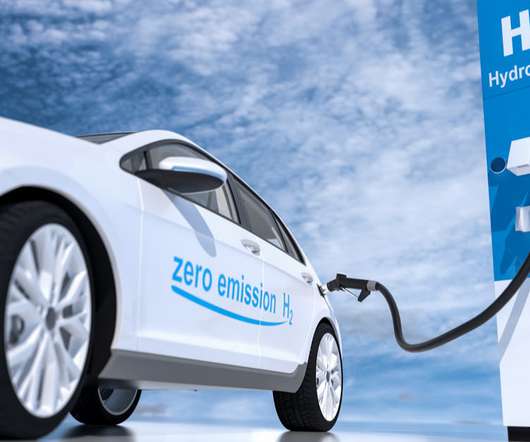Nissan LEAF helps power company’s NA facilities with V2G; Nissan Energy
Green Car Congress
NOVEMBER 28, 2018
directional EV charging technology to partially power its North American headquarters in Franklin, TN, and its design center in San Diego, CA. Leading the industry, Nissan has also received certification for second-life LEAF batteries to be used in stationary energy storage. Nissan Energy Home.


















Let's personalize your content